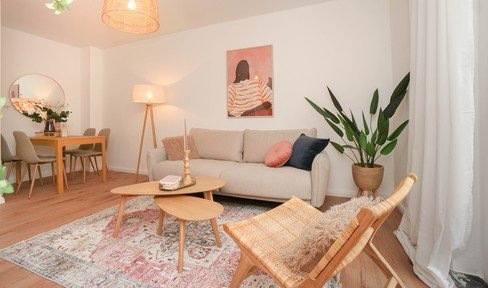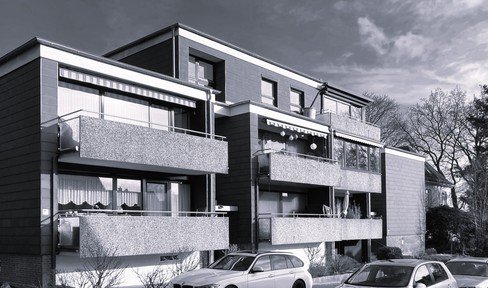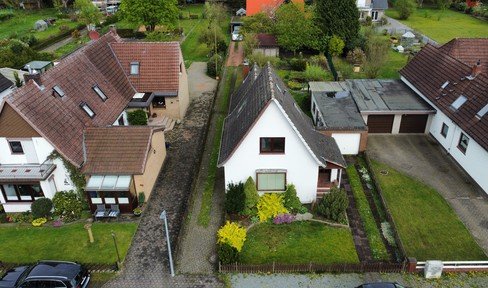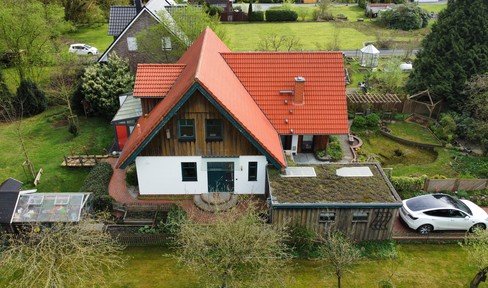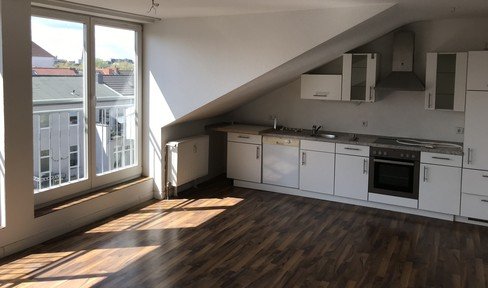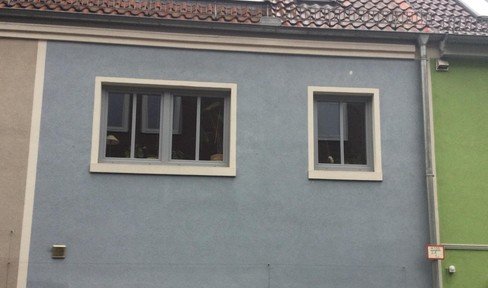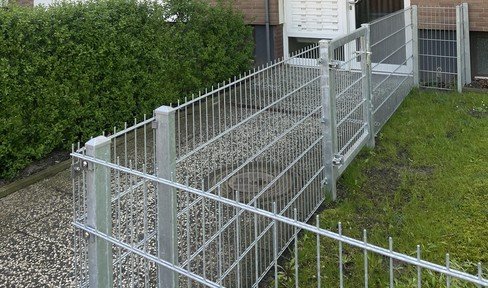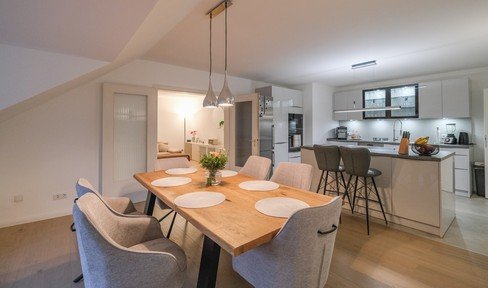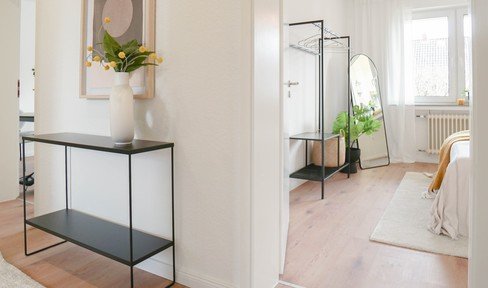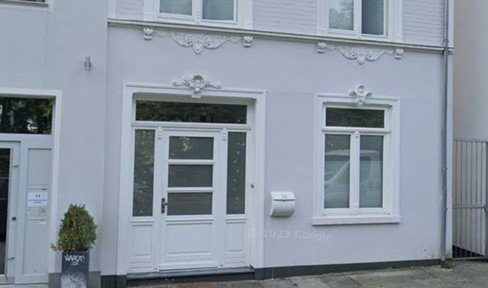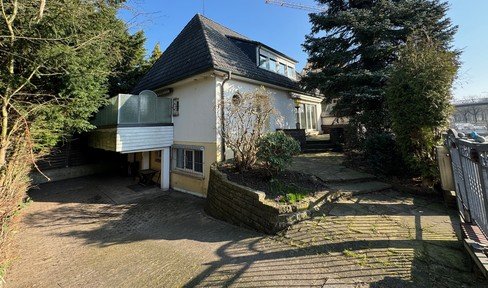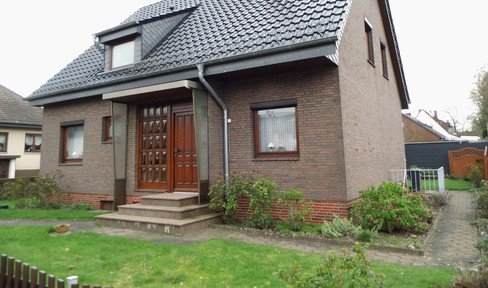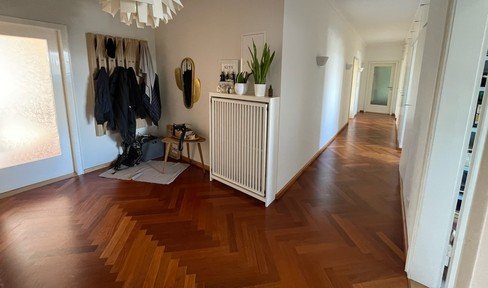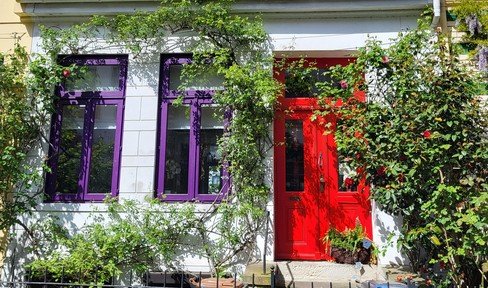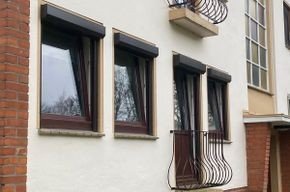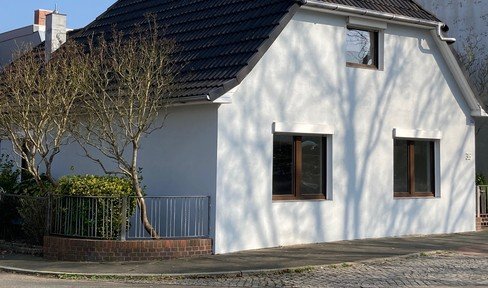- Properties
- Bremen
- Bremen

This page was printed from:
https://www.ohne-makler.net/en/properties/bremen/bremen/
Comission-free real estate directly from the owner in Bremen
Here you can find from 57 offers your commission-free property in Bremen and surroundings
From the shipyard crisis to future technologies: Bremen stands the test of time
A good 545,000 inhabitants live in the 325 km² area of the Hanseatic city in the northwest near the North Sea. Completely surrounded by Lower Saxony, Bremen together with its exclave Bremerhaven is one of the three German city states. The tenth largest city in the republic is also a federal state and, together with its neighbors Delmenhorst, Oldenburg and Wilhelmshaven and the districts of Ammerland, Cloppenburg, Cuxhaven, Diepholz, Friesland, Oldenburg, Osnabrück, Osterholz, Vechta, Verden and Wesermarsch, forms the Bremen/Oldenburg metropolitan region. Despite the still ongoing structural change, the economic situation in the Bremen metropolitan area is characterized by a diverse dynamic. The most important sectors are the automotive industry (Mercedes-Benz plant in Bremen-Sebaldsbrück), the energy industry (Wilhelmshaven refinery site), the health industry (12% of all employees), aviation and space technology (EADS, Airbus), the logistics sector (Weser/Jade port region), the environment and climate (coastal and marine protection), tourism (6% of all employees), food (beer, milk, meat) and science ("Cities of Science" Bremen/Bremerhaven 2005 and Oldenburg 2009). This mix of industries has played a major role in enabling Bremen and its environs to move away from the severe economic problems caused by the decline of shipbuilding in the 1980s and to reorient themselves in a sustainable manner. Today, the city, including its 5 boroughs, 19 urban districts and 88 local districts, has again become significantly more attractive as a place to live.
The old town and almost all locations along the Weser are sought-after and therefore expensive.
While the Bremen districts of Mitte (center, ports), Süd (Neustadt, Obervieland, Huchting, Woltmershausen, Seehausen, Strom), Ost (eastern suburbs, Schwachhausen, Vahr, Horn-Lehe, Borgfeld, Oberneuland, Osterholz, Hemelingen), West (Blockland, Findorff, Walle, Gröpelingen) and North (Burglesum, Vegesack, Blumenthal) are purely administrative units, the districts mentioned in parentheses are for the most part historically evolved neighborhoods, some with quite different characteristics. As in almost all other major German cities, the central residential areas in Bremen are now among the most popular and most expensive, for example the old town including the Schnoor and Stephani districts, Faulenquartier, Bahnhofsvorstadt and the Ostertor district. Almost all locations along the Weser and at the port facilities are also in high demand in Bremen; prices for apartments in the Handelshäfen district, which was formerly an independent district and is now part of Walle, are the highest in the city. Also in demand are the districts of Neustadt, which borders the city center to the south (Alte Neustadt, Hohentor, Neustadt, Südervorstadt, Gartenstadt Süd, Buntentor, Neuenland, Huckelriede), where many refurbished old buildings determine the appearance. This also applies to the neighboring districts of Woltmershausen and Rablinghausen. In the district of Huchtung (Kirchhuchting, Mittelshuchting, Sodenmatt, Grolland), which is located further north, there are again more buildings from the 1950s to 1970s.
Art Nouveau villas and large housing estates, brick buildings and old village centers
The neighboring districts of Strom and Seehausen south of the Weser are still partly village-like, while the district of Obervieland (Habenhausen, Arsten, Kattenturm, Kattenesch) in the southeast is characterized by both large housing estates and row and detached houses. In the Östliche Vorstadt district (Steintor, Fesenfeld, Peterswerder, Hulsberg) there are numerous well-preserved existing buildings as well as new housing developments (Hulsberg quarter). Schwachhausen, which borders to the north (Neu-Schwachhausen, Bürgerpark, Barkhof, Riensberg, Radio Bremen, Schwachhausen, Gete), is considered an upscale residential area with many villas. In contrast, the high-rise district of Vahr (Gartenstadt Vahr, Neue Vahr Nord/Südwest/Südost) in the center of the eastern part of the district, where most of the buildings date from the reconstruction after 1945, is completely different. Horn-Lehe (Horn, Lehe, Lehesterdeich) to the north still has a strongly rural character, as do Borgfeld and the upscale Oberneuland on the city border. In Osterholz (Ellener Feld, Ellenerbrok-Schevemoor, Tenever, Osterholz, Blockdiek), apartment blocks with up to more than 20 stories dominate, while more traditional architecture with typical North German brick buildings can be found further south in the Hemelingen district (Sebaldsbrück, Hastedt, Hemelingen, Arbergen, Mahndorf). One lives almost in the countryside in the district Blockland, also in Findorff (Regensburger Straße, Findorff-Bürgerweide, Weidedamm, In den Hufen) towards the center there are many green areas and allotment gardens. However, the central districts of Walle (Utbremen, Steffensweg, Westend, Walle, Osterfeuerberg, Hohweg, Überseestadt) and Gröpelingen (Gröpelingen, Lindenhof, Ohlenhof, In den Wischen, Oslebshausen) have much denser development. The districts in Bremen's northwest Burglesum (Burg-Grambke, Werderland, Burgdamm, Lesum, St. Magnus), Vegesack (Vegesack, Grohn, Schönebeck, Aumund-Hammersbeck, Fähr-Lobbendorf) and Blumenthal (Blumenthal, Lüssum-Bockhorn, Rönnebeck, Farge, Rekum) tend to be more rural, but occasionally have larger industrial areas.
Short facts Real estate market in Bremen:
- Bremen has recovered economically and is once again a popular business location
- The region's largest city benefits greatly from the Bremen/Oldenburg metropolitan region
- The most expensive locations include the entire old town and the harbor area
- Expensive neighborhoods with a lot of old buildings are Neustadt, Östliche Vorstadt and Schwachhausen
- More affordable is the east of Bremen with a lot of old buildings (Osterholz, Vahr, Obervieland).
- At the city limits one lives partly very quietly and like on a village.
- The northwest of the city is slightly cheaper than the center.
Places in Bremen
Properties to Rent in Bremen
Properties for Sale in Bremen
Diese Seite wurde ausgedruckt von:
https://www.ohne-makler.net/en/properties/bremen/bremen/
